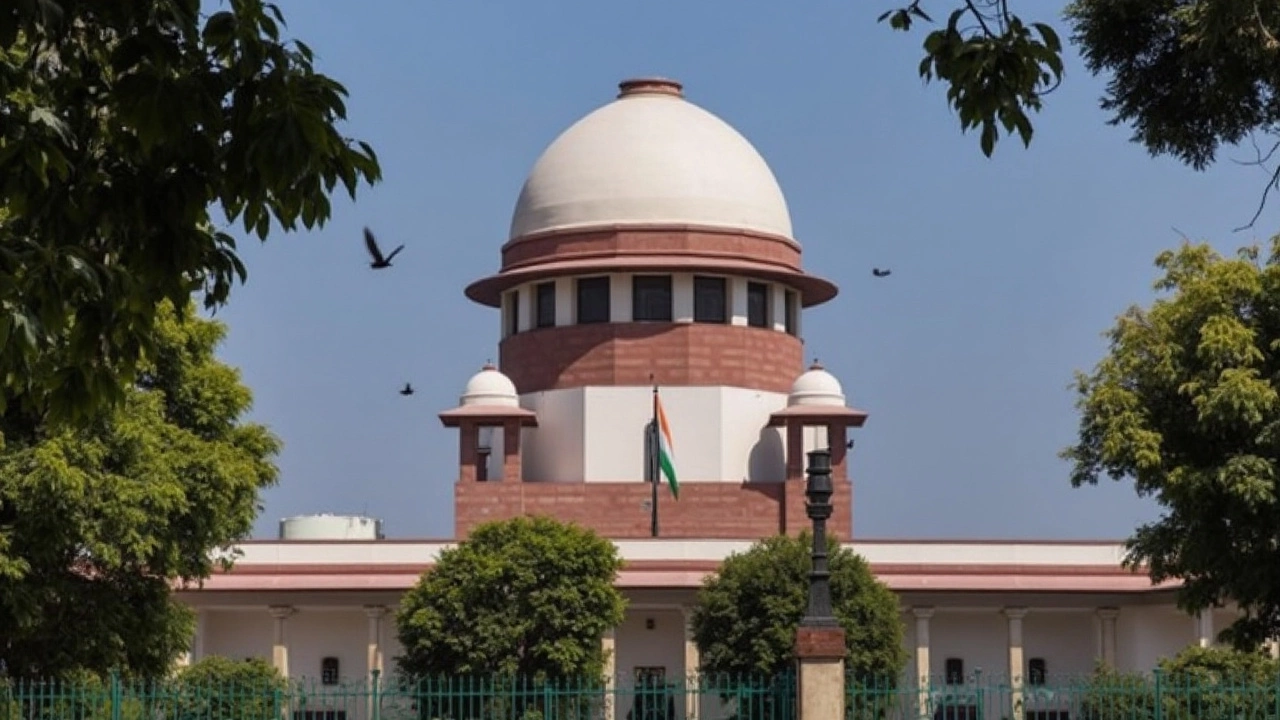Supreme Court Unveils Special Webpage Honoring 50 Years of Kesavananda Bharati Judgment

Kesavananda Bharati: The Judgment That Changed Indian Constitutional Law
Ask any law student or scholar in India about watershed moments and the Kesavananda Bharati case is bound to come up. This mammoth 703-page verdict, delivered on April 24, 1973, reshaped the boundaries of parliamentary power and continues to define how India’s democracy operates. Fifty years on, the Supreme Court of India is shining a spotlight on its legacy by launching a special webpage bursting with resources, insights, and the voices of every judge involved.
What’s so special about this case? It nailed down the basic structure doctrine—one of the most important principles in Indian constitutional law. Basically, it says that Parliament isn’t all-powerful. There are certain parts of the Constitution—things like democracy, secularism, federalism, and basic rights—that can’t be tinkered with, no matter what party holds the majority. This idea put up a vital safety net, stopping politicians from uprooting fundamental principles on a whim.
The case itself came from Kerala, where land reforms during the '50s and '60s led to seismic legal wrangling. The Kerala Land Reforms Act of 1963 aimed to reshape who owned the land: redistributing excess acres from big landlords to the landless. Understandably, a lot of big landowners weren’t happy. Among them were heads of religious institutions—like the Edneer Mutt led by Kesavananda Bharati, who took the fight to the courts. He argued that these reforms stomped on constitutionally guaranteed rights.
When the dust settled, all 13 judges of the Supreme Court delivered opinions—some agreeing, some diverging, but together marking out new legal territory. This was the longest case heard in Indian judicial history by argument length, and it established something India had never seen before: clear boundaries on Parliament’s power to amend the Constitution, especially when it comes to core values in Part III dealing with fundamental rights.
Supreme Court’s Anniversary Webpage: A Treasure Trove for the Public
To mark the verdict’s 50th anniversary, Chief Justice D.Y. Chandrachud announced a new digital resource packed with everything from case notes and original submissions to the full text of each judge’s judgment. Whether you’re a student, lawyer, or just someone curious about India’s democratic system, the site is built for easy access. All these materials are available not only in English, but also in Hindi, knocking down some of the language barriers that have made legal documents out of reach for many people.
This is more than just a website. For the first time, the full written opinions of every member of the 13-judge bench are a click away. Researchers and ordinary citizens alike can see exactly how each judge thought through the complex arguments: how much change is too much, when does Parliament cross the line, and who gets the final say in defending basic freedoms?
The Kesavananda Bharati decision didn’t arrive in a vacuum. It landed in the middle of turbulent times: the 1970s were full of fierce debates about land, power, religion, and individual rights. By spelling out the “do not touch” parts of the Constitution, the court put down a marker. India, the decision says, is a democracy with guardrails. No government can simply steamroll over the bedrock values built into its system.
This digital project is more than a nod to history. It’s a clear recognition that the battles Kesavananda Bharati fought—and the answers the judges gave—still matter today. Whether it’s citizenship, religious freedom, or the limits of government power, every big constitutional fight since then echoes with the same questions. And now, anyone wanting to wrestle with those questions has an open door to one of the richest legal debates in Indian history.